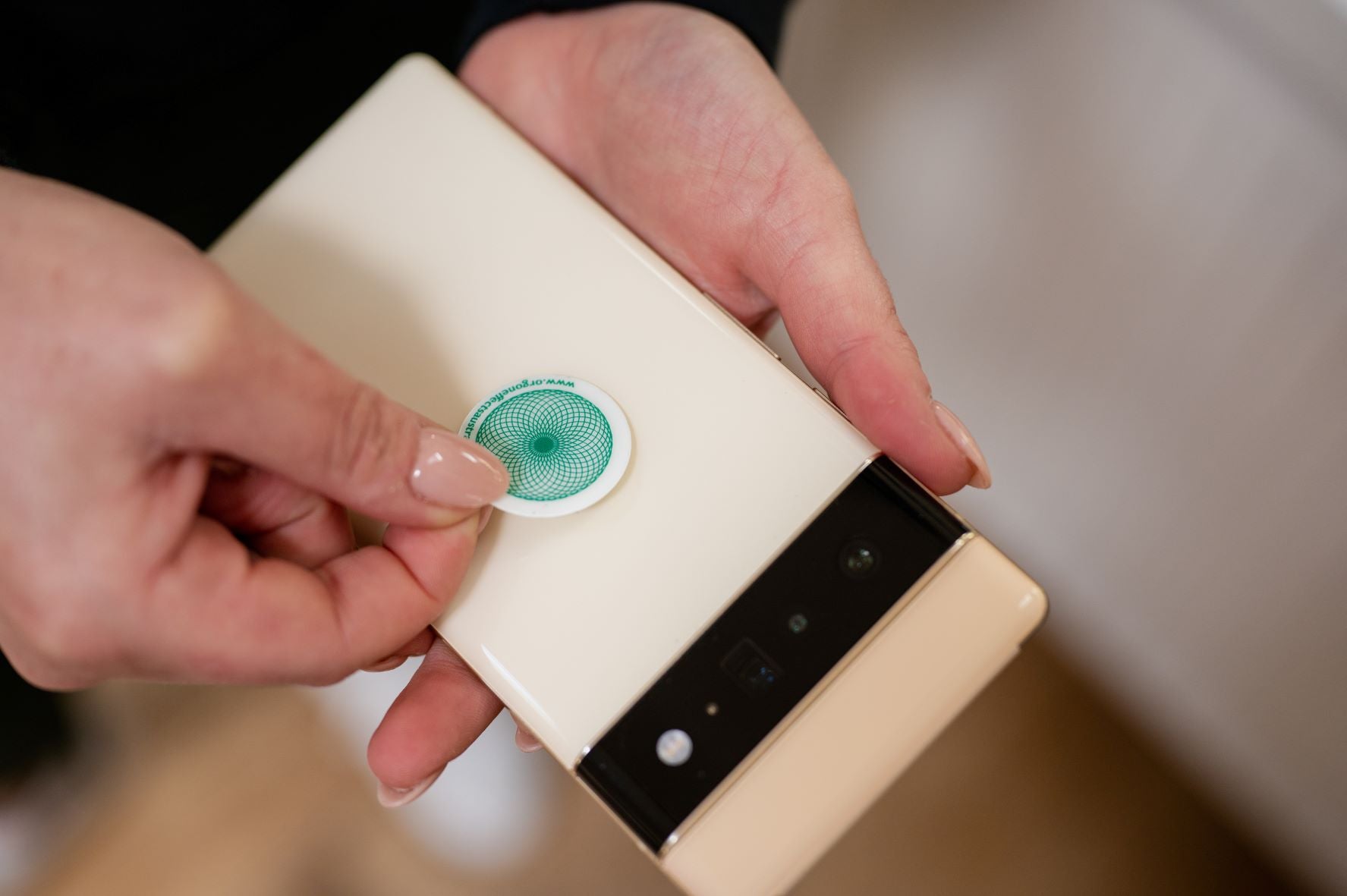Before going over to the 10 little-known facts about Wi-Fi radiation and cell phone radiation, it’s critical you understand what they mean first. So, we will begin by defining each of them separately.
Understanding Wi-Fi/Cell Phone Radiations
Wi-Fi is a wireless local area network (LAN) which is used to connect nodes (computers, laptops, smartphones, tablets, etc.) to the Internet. Wi-Fi, which is a wireless version of the ethernet, is always deployed with the ethernet, a network defined by IEEE as having 802.3 Standard and also built for local area network connectivity. Now, devices connected by Wi-Fi release radio-frequency (RF radiation) radiation as they demand connection. Hence, we arrive at the term Wi-Fi radiation or signal.
On the other hand, cell phone radiation comes in the form of electromagnetic radiation which is similar to RF radiation, or in other words, they release radio-frequency radiation as well.

10 Little Known Facts about Wi-Fi and Cellphone Radiation
Now that we are done defining the terms, let’s examine the 10 little-known facts about Wi-Fi and cell phone radiations.
Distance: Our first port of call is the distances they often cover. Well, the distance traveled by Wi-Fi radiation depends on a number of factors, such as the devices or cellphones demanding internet connection, the protocol used, physical environment, technology, etc. Take, for instance, when you experiment with the source (device), and you are looking at a router. Outside your home, you may notice that your Wi-Fi and hence its radiation may only revolve around the 100 feet margin. As regards to cell phone radiation, it's more or less the distance to the cell towers.
Similarity to Visible Light: Cellphone radiation and Wi-Fi radiation are non-ionizing radiation. This is what you can likewise call the radiation from visible light, though, obviously, cellphone and Wi-Fi radiations are not visible. They also operate at long wavelengths (think 12.5 cm if you're working in the 2.4 GHz frequency).
Frequency: Both Wi-Fi and cellphone radiations are emitted around the same frequency span. The frequency goes from 2 GHz to 5 GHz depending on the technology you're using. Though, the most popular is 2.4 GHz, which is supported by both Wi-Fi devices (routers) and cellphones. Comparing this frequency span to those (MHz range as opposed to GHz) used in broadcasting TV shows, we can say that they're higher which is a fact on its own.
Constant Emission: Even when you're not making calls or you're not browsing the internet, your Wi-Fi radiation and cell phone radiation are constantly being emitted. Both of them are always sending rapids bursts of radiation to the nearest signal tower. In other words, they check in to see what's on the line, and that's the reason why you have notifications of calls and messages.
Physical Obstruction: Moving forward, a major physical threat that Wi-Fi radiation faces is weather, and it comes in at Number 6 of our list of the 10 little-known facts about Wi-Fi radiation and cell phone radiation. So, when your internet connection goes acting up during a downpour, just know that it’s most likely due to the weather. On the other end, highway overpass, utility towers, and nearby bridge can obstruct your cell phone radiation.
Names: While cell phone radiation can also be regarded as and be called electromagnetic radiation, many people are tempted to call Wi-Fi Wireless Fidelity. According to Webopedia, this is a commonly held misconception. Wi-Fi is a standard trademark which represents 802.11. Wikipedia echoed the same thing, stating that Wireless Fidelity was an advert slogan though the name of the Wi-Fi Alliance is Wireless Fidelity Alliance Inc.
IEEE Standard: Here’s another fact about the two radiation forms. The standard institute, Institute of Electrical Electronics Engineers (IEEE) code for Wi-Fi radiation is 802.11 while cell phone radiation has no code even though it falls under the IEEE wireless network.
Wireless Connectivity: Although the emphasis of this piece thus far has been on the differences between the two radiations, however, they share some similarities. One similarity the two radiations share is that they are both wireless network, meaning that the two radiations do not need any material medium to carry them.

Interference: Yes, there are many differences but their similarity shows in some cases. An example is if you are using a router of 2.4 GHz—your main challenge will be your neighbor’s Wi-Fi of the same frequency. In clear terms, the only wave that interferes with Wi-Fi is Wi-Fi from another source with the same frequency. And when the the two jam, it is called interference—and interference hinders the performance of your internet connection and also alters radiation.
Similarly, if you bring your cell phone close to an electromagnetic-radiation-emitting device, there will be interference. Sometimes, some cell phones make weird sounds when they are brought close to a laptop due to this phenomenon called EMI (electromagnetic interference).
Use: Last on the list but equally important. Basically, Wi-Fi radiation is only involved during transmission of data for internet access while cell phone radiation powers everything a cell phone does, such as making and receiving calls, sending and receiving text messages, and even internet connectivity.
Last Words
After reading this piece, you will understand certain aspects of Wi-Fi that you weren't privy to before. For example, you won’t get jittery the next time you hear a distorted sound from a cell phone brought close to an electromagnetic source and you also know that you can see. That said, connection established through Wi-Fi signals and cell phones play a huge role in how we live. Like so, the Quantum Orgone Pendant is indispensable in our homes too, as it eliminates positive ions, associated with short wavelengths.




